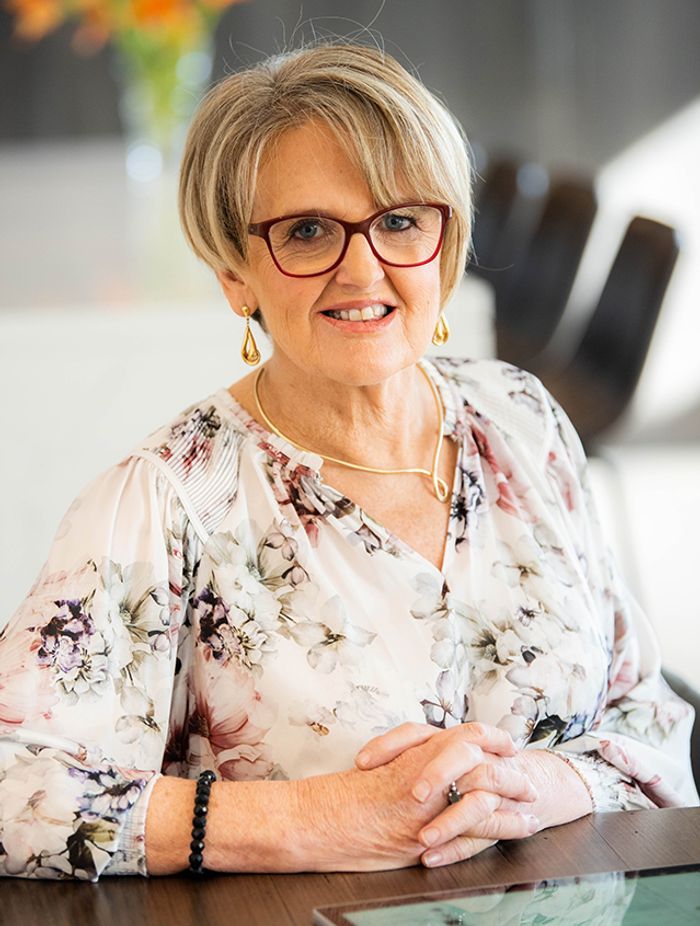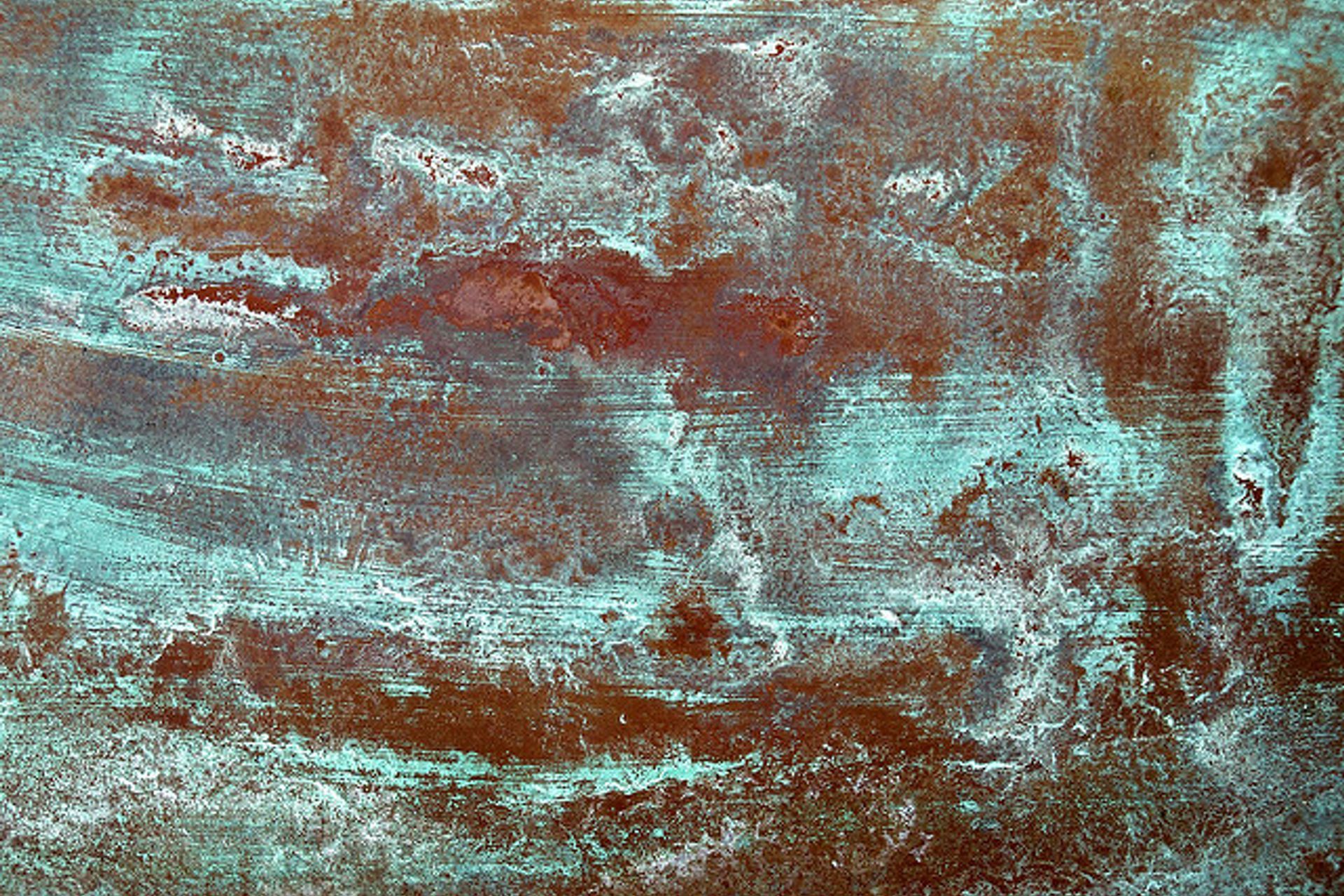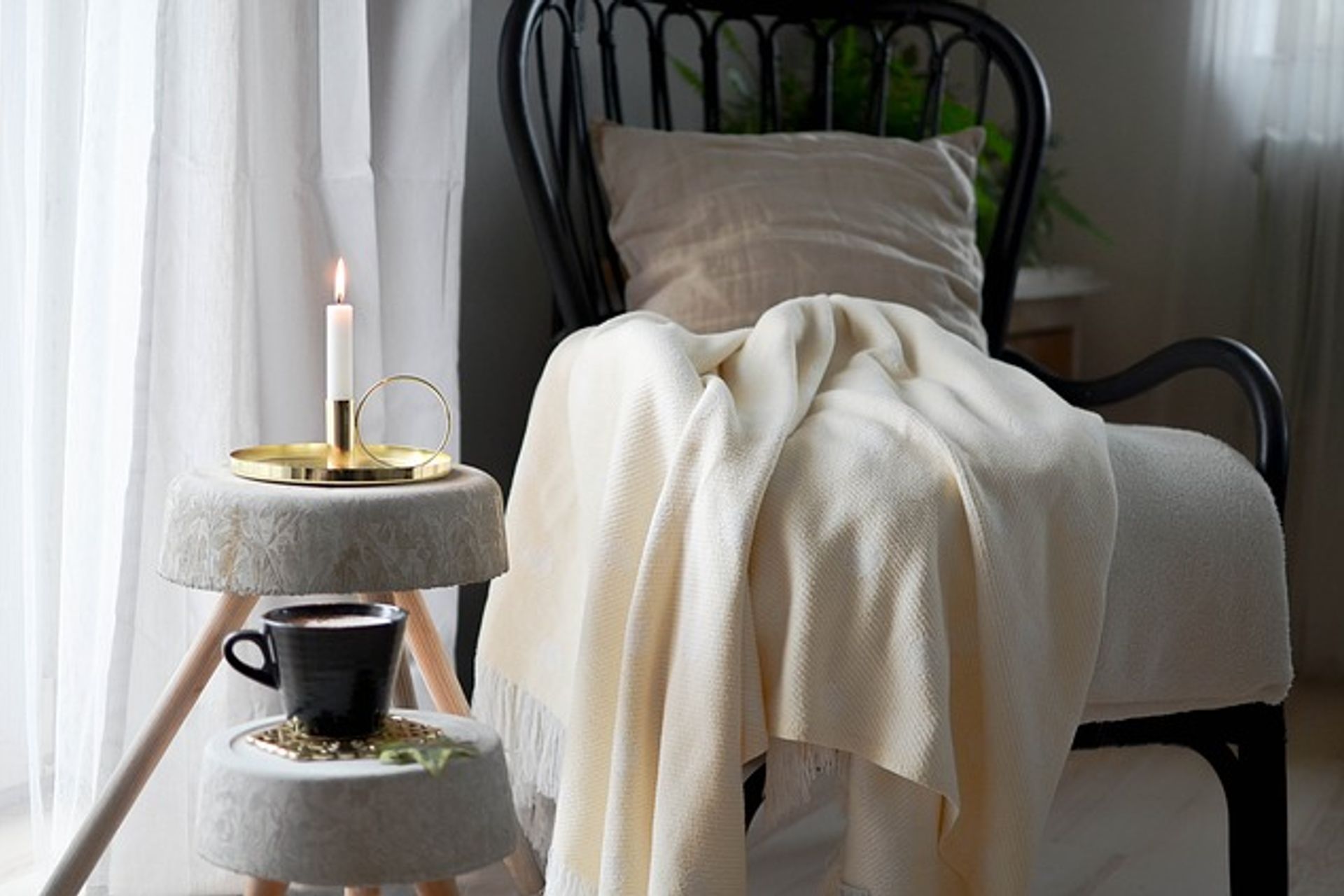Interior Design Terms

Interior design terms – is there such a thing?
Ever heard a professional interior designer use words such as layered, herringbone or patina and wondered what on earth they were talking about? You’re not alone, the interior design world has their own terminology and concepts that aren’t widely known outside of the industry.
Whether you prefer to DIY or would rather use a professional you could benefit from knowing some of the insider design terms and principles. They can give you an insight on how to create a cohesive environment and how to finish up with your desired outcome.

Below we have listed some of the common terms that will help bridge the gap between you and the professional.
Ambient
A space that utilises inherent, environmental conditions.
Focal Point
A natural view or object that draws your eye or generates interest when first entering a room or space. For example, a big window with a view, a fireplace with a mantle, a feature wall or even a piece of artwork.
Layered
Layering adds interest and depth to a space by building a room from the ground up. This is achieved by taking each of the individual elements in a room and pulling them together to create a cohesive look.
Moody
Dark layers and mixed deep textures are used.
Antique or Vintage
One in the same, right? …wrong!
Antique is anything over 100 years old, and vintage can be between 20 and 100 years old and usually reflects a particular period.
Mid-century Modern
A decorative style from the 1940s characterised by clean lines. Not the same as Modern.
Monochrome
A colour scheme built around one single hue and it’s varying tones, tints and shades.
Curated
A design that is a thought-out and well put together collection of furnishings that can reflect a personal style or historical meaning.

Patina
Originally used to define the way metal ages, but now this term is also used to characterise the desirable weathering conditions of antiques and vintage pieces.
There are also paint effects on the market that can create this look.
Hope these explanations of interior design terms are giving you a helping hand so far? Here are a few more…
Clean Lines
A paired down minimalist style without clutter or frills.
Bolster Cushion
A bolster cushion is long and cylindrical and adds contrasting shape and size when grouped with the more commonly used square cushions.
Floor Plan
A scaled drawing showing a view from above. It also outlines relationships between rooms and traffic patterns. Dimensions are usually drawn to specify room sizes, windows, doors and wall lengths.
Lay Off
To brush an unloaded paintbrush across a wet painted surface to create a smooth as possible finish.
Gallery Wall
A gallery wall is a cohesive grouping of artwork, photos, memento’s and/or collections. They can be formal with symmetry or informal with an eclectic blend in random order.
Jute
A plant that is used to make natural floor rugs.
Laminate
A thin material such as plastic or wood that is glued to the exterior of another surface, such as a cabinet or benchtop.

Herringbone
A pattern made up of rows of parallel lines which in any two adjacent rows slope in opposite directions.
Occasional Table
A general term given to small items of furniture such as end tables or side tables, that are only occasionally used.
What Does Hue
A hue is a colour.
What Is Molding?
Ornamental strips of material (wood, metal, plaster or plastic) with various profiles that are applied to surfaces for decoration.
Neo-Classicism
A elegant and simple design style that was popular during the late 1700’s through to 1800’s. It featured motifs borrowed from ancient Rome and Greece.
Opaque
Something that is not transparent. Like a material that cannot be seen through or allow light to pass through.
Scale
Scale is one of the elements and principles of design and relates to size. For example, the size of one object in relation to other surrounding objects.
Secondary Colour
A secondary colour is achieved by mixing together two primary colours. There are three of them; green (blue & yellow), purple (blue & red) and orange (red & yellow).
Ever Heard Of Shaker?
A distinctive style of furniture design with simple features such as tapered, straight legs and woven-strap chair seats. The Shaker style is renowned for exceptional design combined with functionality and beauty. It originates from an American religious sect during the mid 1770’s,
Tertiary Colour
Tertiary colours are combinations of primary and secondary colours. There are six of them; red-orange, yellow-orange, yellow-green, blue-green, blue-purple and red-purple.
Tailored
An element or item that has been customised for an area or space.
Modern
Modern design is really not modern at all, but refers to the period between the 1920s and 1950s. Furniture styles with clean, streamline designs and tone-on-tone or monochrome colour palettes were popular.
Hygge
A Danish word which describes comfort and cosiness with all things pre-loved and worn in.

So there you have it. You now have a basic understanding of some common interior design terms. This will make it easier for you to navigate your way around conversations with a professional. And will also help you to create and implement your personal ideas and designs.
